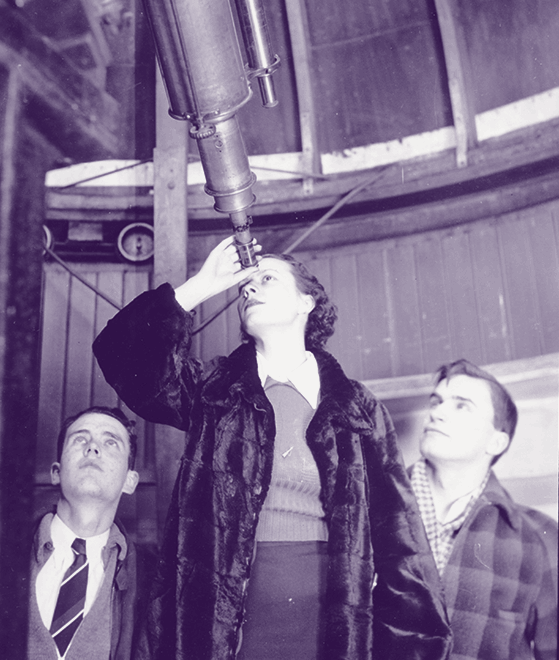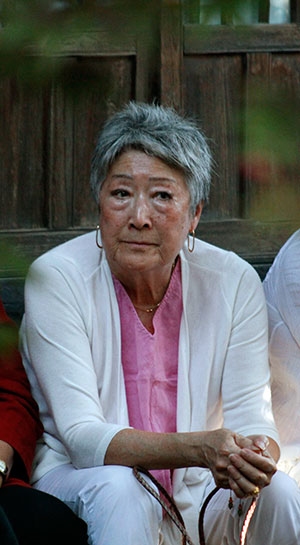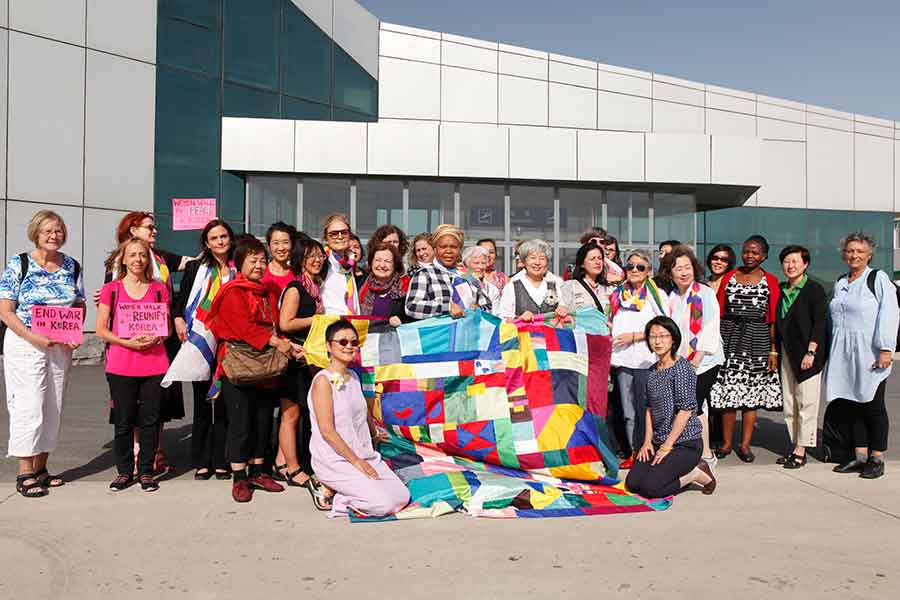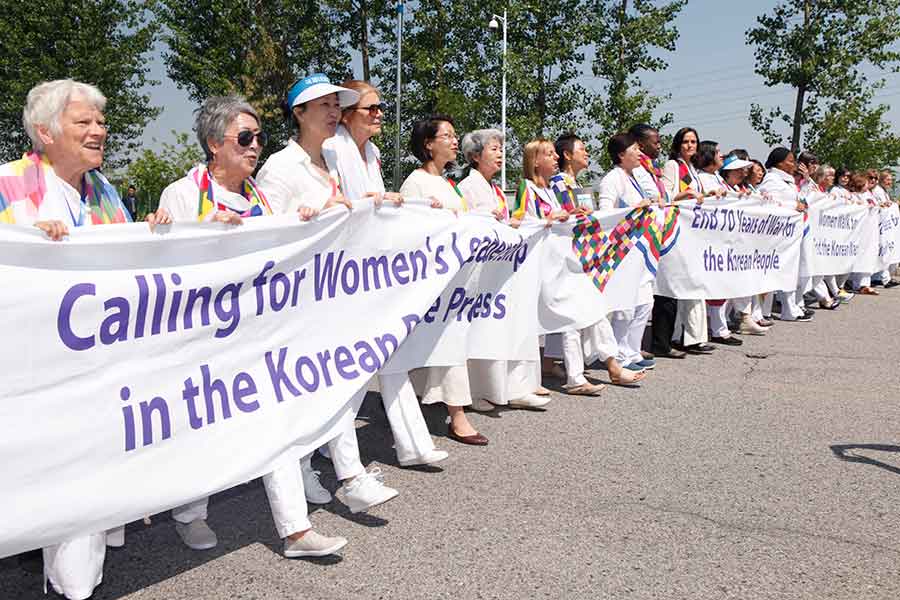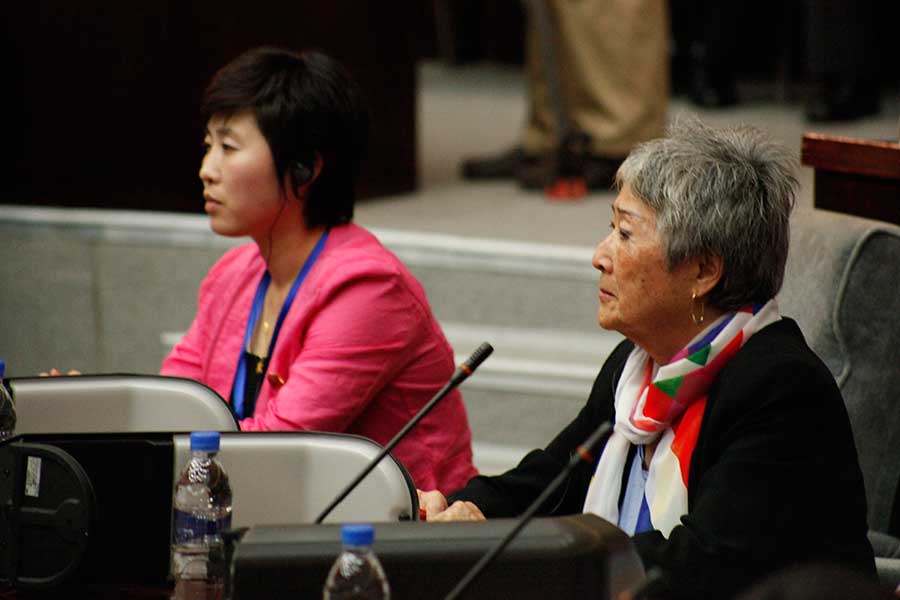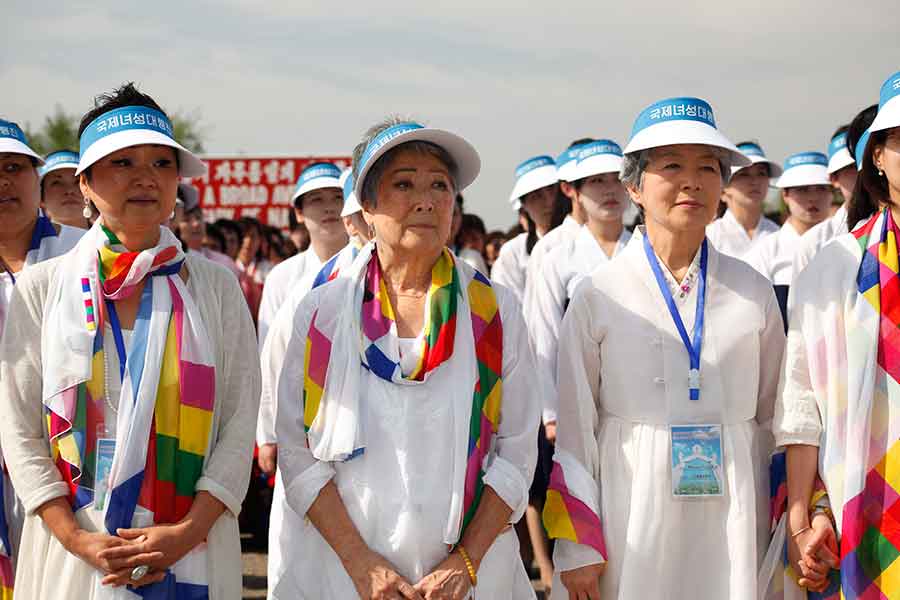
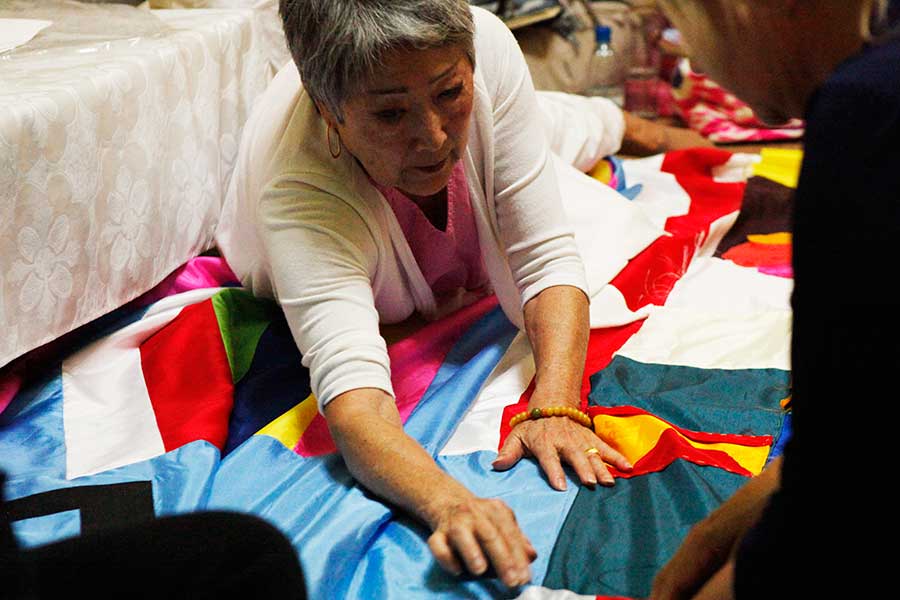
Knox Alumna Joins Women’s Peace Walk in Korea
What work did you do with the women in North and South Korea?
Our major accomplishment beyond crossing the DMZ itself (which was a complicated affair), was that we successfully engaged in person-to-person citizen diplomacy with North Korean women. We explored ways to collaborate on working for peace in Korea, and had the unique opportunity to regard each other with genuine interest, respect, and empathy.
In Pyongyang we shared the stage in a formal Peace Symposium organized by North Korean women. This was followed by four days of informal, personal conversations far more interesting and meaningful. With 15 bilingual "minders" accompanying us as interpreters/guides, we traveled together by bus, visiting national landmarks such as museums, a hospital, elementary school, textile factory, workers' dormitories, and a grand theater. We toured the countryside, had lovely picnics and dinners and candid conversations about family, school, work, love, war, and survival. We spoke of why we had met half way around the world and about our hopes and dreams for peace and reunification in Korea. We shared tears and laughter. On the final day of our departure for the DMZ, a spectacular lineup of 5,000 North Korean women under the Unification Tower saw us off with cheers and tears, to which we responded in kind.
When we finally linked arms and made the dramatic crossing over the DMZ and entered the south, we were greeted by about 2,000 cheering South Korean women, men and families. There was a spectacular music festival and a beautiful traditional banquet to welcome us.
The next day was spent at a Peace Symposium organized by South Korean women. The Mayor of Seoul came to give welcoming remarks, and leaders of South Korean women's peace organizations and members of our delegation shared the podium to speak about working for peace in our own countries and thoughts for collaboration in the future.
Every day on this journey, music and colors had an important symbolic role. At the North and South peace symposia, on long bus trips, and even at Panmunjom (the somber site of the 1953 Armistice Agreement signing) we sang peace songs, in English and Korean. Brilliant colors cascaded from a hand-stitched "jogakbo" (multi-colored patchwork quilt, 20'x30 made by U.S., North Korean and South Korean women) which we brought to every gathering and, with all joining in song, it was held up and waved like a giant flag to celebrate our diversity, shared hopes, and unity of spirit.
Our historic journey ended on May 27, 2015 in Seoul, and in parting, we reiterated our commitment to continuing our support for the ongoing peace efforts of our North and South Korean sisters. And now back in our own countries each of us has embarked on a mission to educate our communities and create a global movement to highlight the importance of dialogue and diplomacy as the way to peace.
What was the most memorable experience of your time in Korea?
No single experience stands out for me, but the aggregate of everything I experienced on this journey is vivid in my memory. I see broad avenues and boulevards in Pyongyang with wide sidewalks and few marked pedestrian crossings; all the men wearing suits or in military uniform; women, slim and fashionably dressed, wearing heels; new buildings under construction while many looked empty; some cars, buses and trucks but few bicycles and even people on the streets; radiant school children on field trips to national parks; many tourists and foreign businessmen at restaurants and chatting in the lobby of our international hotel; abundant, lavish food at all our meals; farmers in the countryside working by hand or with antiquated tools, or on an occasional rusty old tractor; and vast, dry fields begging for water. These images are unforgettable, as is the vague feeling that I may never truly understand what I saw.
As expected, I was filled with mixed emotions throughout this 10-day journey. I felt joy, surprise, nostalgia, bewilderment... In North Korea I felt like a stranger in a strange land, albeit the land of my birth some 75 years ago. But when total strangers came over to embrace me as a sister, I felt wonderfully at home. Did I come as an ambassador of goodwill and peace? Or in search of something else?
Like many, I went to North Korea with biases about life there but also desperately wanting to see it with my own eyes. Certainly, I came away vastly more informed than before, but I also recognized that much of what we heard had appeared scripted, which was no surprise. But combined with genuinely spontaneous and candid exchanges during many conversations over four days, the total experience of this journey was both somewhat frustrating and deeply fulfilling, and one for which I am immensely grateful.
Choi currently lives in New York City. She is a passionate advocate for human rights and world peace. She has received numerous honors, including the 2008 Manhattan Borough President's Distinguished Leadership Award, 2006 Inspiration Award from Asian Professional Extension, 2005 Outstanding Leadership Award from the Korean American Family Service Center, New York City Council's Outstanding Service Award, and more.
Published on August 28, 2015

